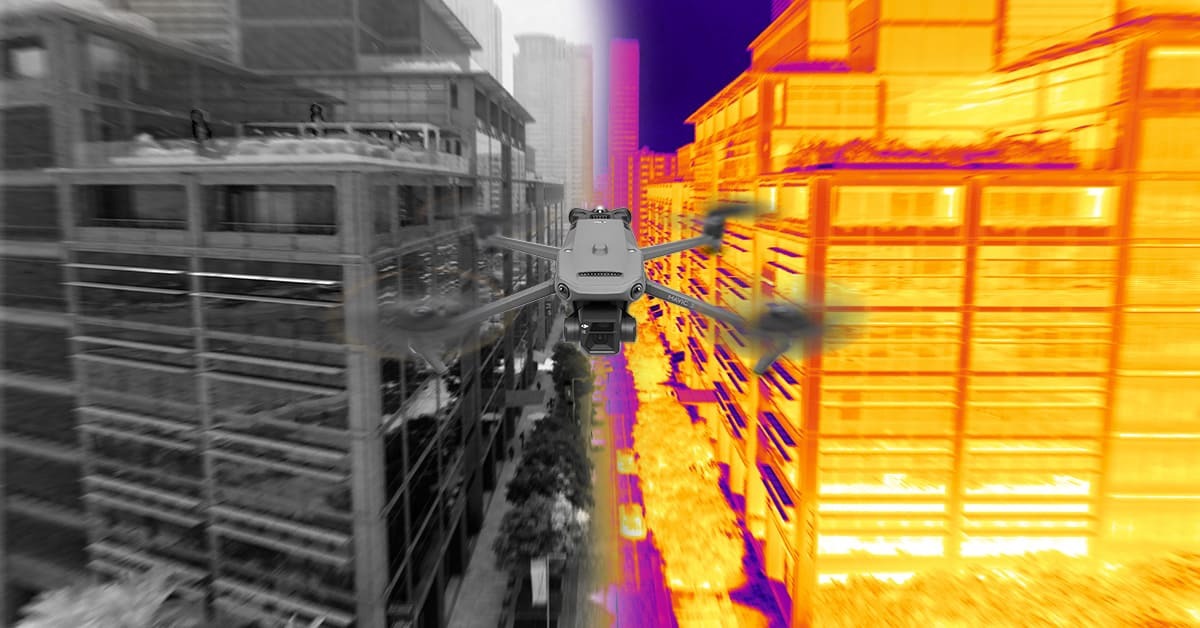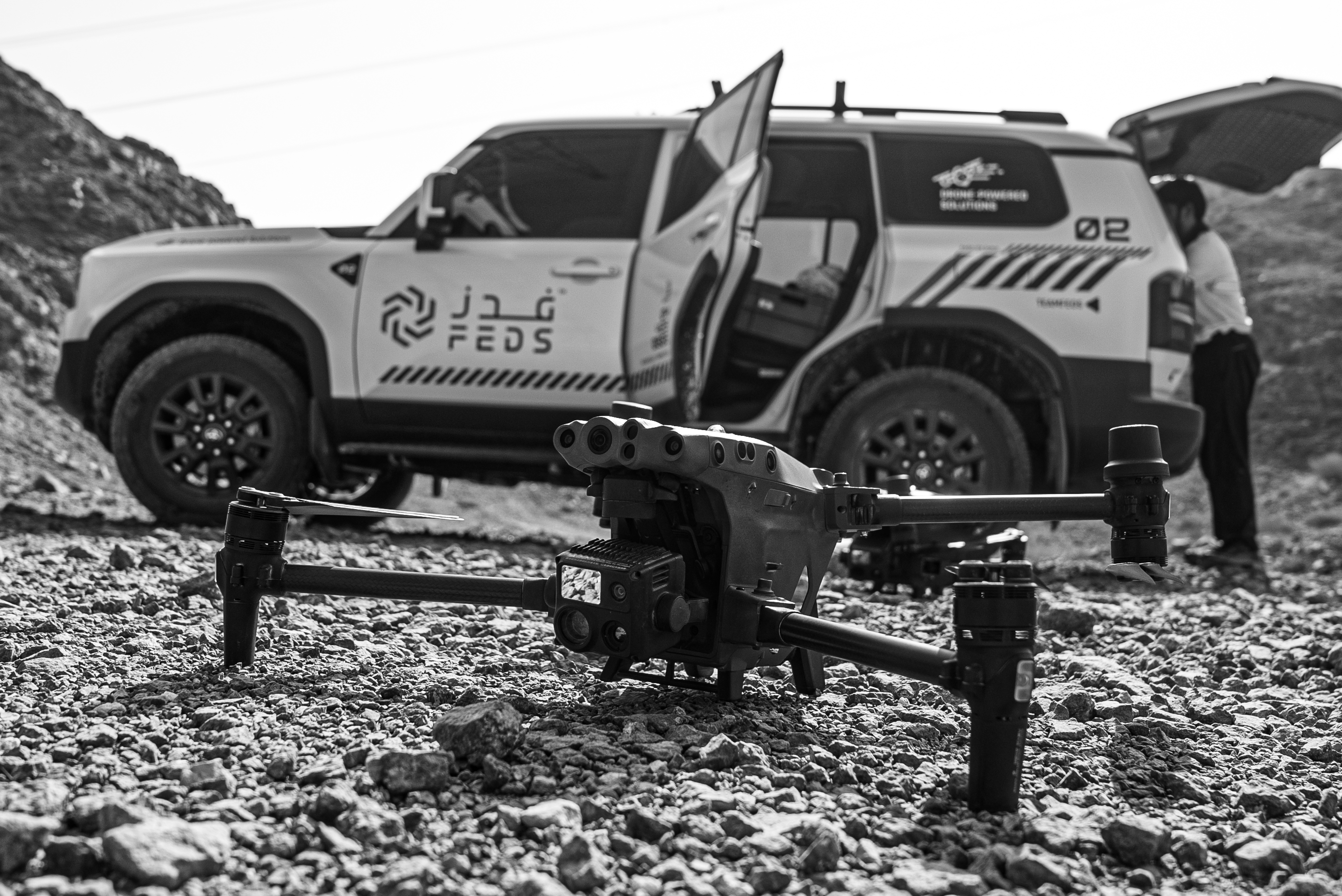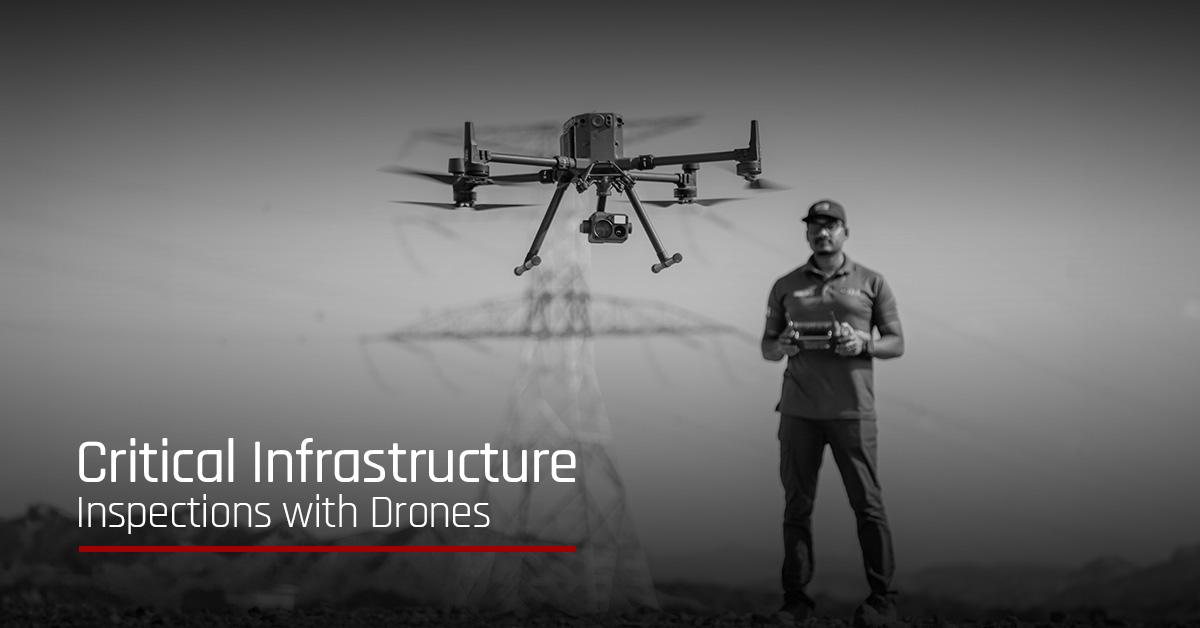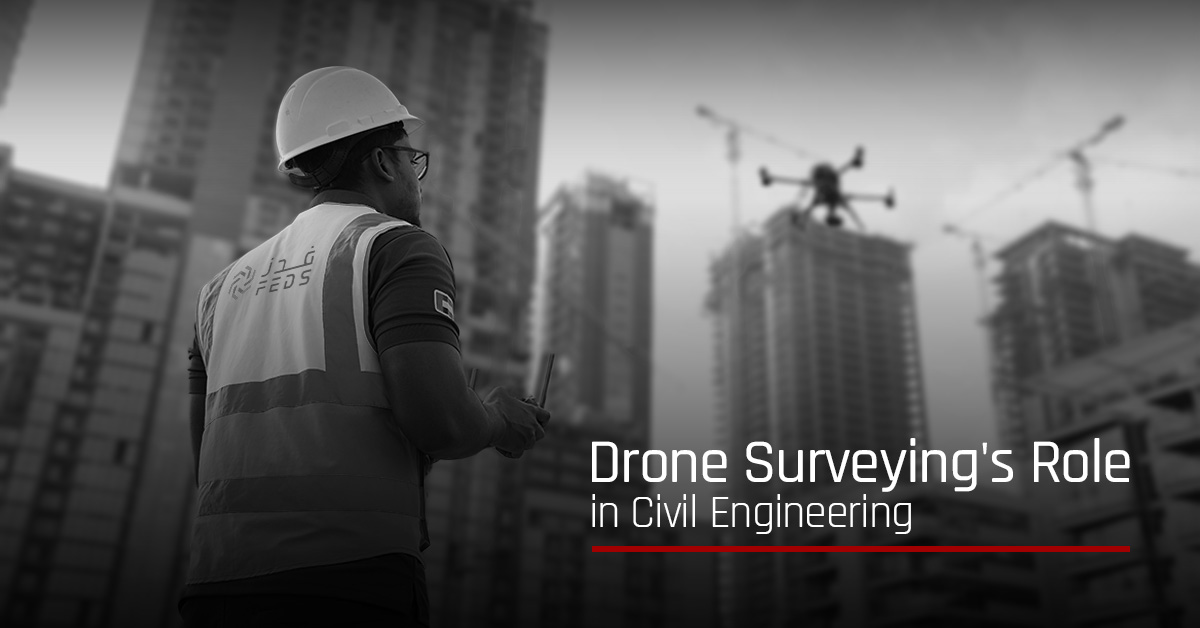The Role of Thermal Imaging Drones in Combating Energy Loss in Urban Areas

Our world revolves around its cities, and while they offer great opportunities and possibilities, they also bear a significant environmental responsibility. Globally, urban areas account for approximately 75% of energy consumption and contribute 70% of greenhouse gas emissions. These figures are also on the rise. Since 2015, urbanisation has been responsible for nearly 10% of the increase in global emissions, which shows the urgent need for solutions to drive energy efficiency.
Thermal imaging drones provide an effective way to monitor and address energy loss in urban environments. These drones collect precise thermal data, helping to identify inefficiencies that are difficult to detect using conventional methods. By offering real-time insights, they support informed decision-making, allowing businesses, homeowners, and local governments to take action on energy conservation.

Identifying Energy Loss Through Thermal Imaging
One of the key applications of thermal imaging drones is in detecting heat loss from buildings. Traditional inspection methods, while valuable, can be time-consuming and may not provide a complete picture. Drones offer a rapid and comprehensive assessment of a building's thermal performance.
For example, drones can identify heat escaping through poorly insulated roofs, walls and windows. This information means you can prioritise maintenance and upgrades which improve insulation standards and reduce energy consumption. In aerial inspections, drones access areas that are difficult or dangerous to reach, which can reveal hidden energy leaks that would otherwise go unnoticed.
Unlike handheld thermal cameras, which require inspectors to physically move through each building, thermal drones can scan multiple properties in a single flight. This significantly speeds up large-scale energy audits and makes it easier to spot widespread inefficiencies across entire neighbourhoods.
Thermal imaging drones can also assess the efficiency of heating and cooling systems. By identifying areas of uneven temperature distribution, drones help optimise system performance, reducing energy waste and improving comfort. A poorly maintained heating system or inefficient air conditioning can result in unnecessary energy consumption, leading to inflated costs. Drones allow for a quick diagnosis, ensuring that issues are addressed before they lead to significant financial and environmental consequences.
Enhancing Infrastructure Efficiency and Sustainability
Beyond buildings, drones equipped with thermal imaging technology can evaluate the efficiency of urban infrastructure. Power lines, pipelines and other essential systems can be monitored for energy loss and potential faults.
Drones can detect overheating in electrical substations and power lines, which can identify potential points of failure. This allows engineers to take pre-emptive measures, preventing costly power outages and improving network reliability. Similarly, drones can identify leaks in underground pipelines, minimising resource loss and environmental damage.
Drones providing aerial surveys & mapping for urban planning can create highly informative thermal heat maps. These maps highlight areas of high energy loss, which provide valuable data for urban planning and energy efficiency initiatives. Local authorities can use this information to design more effective urban policies, encouraging sustainable construction and targeted energy conservation projects.

Supporting Sustainable Urban Development and Green Building Practices
Thermal imaging drones also contribute to sustainable urban development by providing data for energy efficiency initiatives. By identifying and addressing energy loss, cities can reduce their carbon emissions and improve their environmental performance. Reducing heat loss not only benefits individual buildings but also contributes to a broader effort to lower urban energy demand and reliance on fossil fuels.
These drones also support the adoption of green building practices. By supplying detailed thermal data, drones can assist architects and engineers in designing buildings that are more energy-efficient and environmentally responsible.
In engineering & construction, thermal imaging drones can be used to detect potential issues with insulation and heating systems during the construction phase. This ensures that buildings adhere to energy efficiency standards and hopefully removes the need for costly retrofits, leading to long-term energy savings. Developers who integrate thermal imaging at an early stage can ensure compliance with environmental regulations while reducing future maintenance costs.
The Future of Energy Efficiency in Urban Environments
As technology advances, thermal imaging drones will play an increasingly important role in the fight against energy loss. With continued improvements in sensor technology, data analysis capabilities and autonomous flight systems, drones will become even more capable of detecting energy inefficiencies. This in turn allows businesses and governmental bodies to make changes and take action where problems, energy loss and inefficiencies are found.
Thermal imaging drones can form part of a larger strategy to tackle urban energy loss. With this technology, cities can make tangible progress towards a more sustainable and energy-efficient future by reducing their environmental impact and improving the quality of life for their residents. Integrating drones into existing urban energy strategies will be crucial in helping governments and businesses transition towards greener and more sustainable operations.
FEDS drone solutions and technologies include thermal imaging drones, equipped to support sustainable urban development and energy efficiency. As our cities grow and energy consumption continues to rise, businesses and local governments need to find ways to minimise energy loss and create responsible, sustainable urban areas. Thermal imaging drones are a powerful part of the solution.







.png)